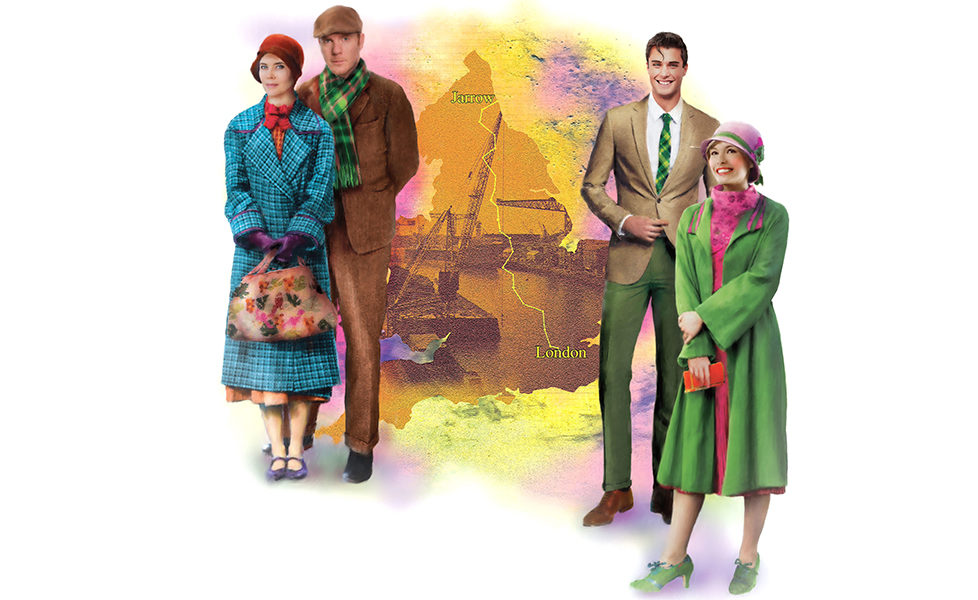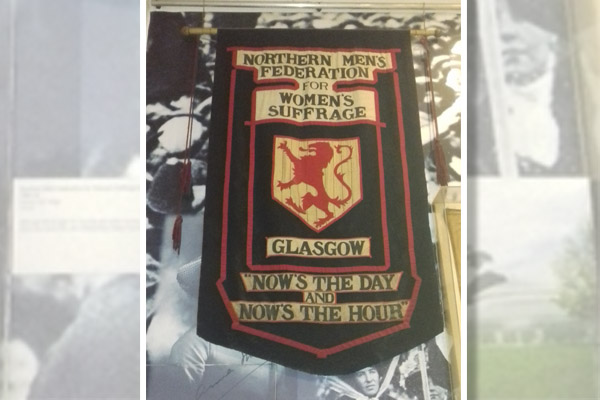Dealing With Facts In Fiction

In a previous post, I wrote about real people appearing in “Friend” fiction, and our stance on creating such characters.
Though we are still mindful of portraying real people in fiction, I thought I’d list some of the ways where it’s possible to show them in a story or serial.
Also, I wanted to cover the benefits of having them, and particular events, as an anchor for your writing.
Bringing the past to life
Real people from the past can certainly feature in our stories.
Unlike with people from the present day — or going back to the likes of the late 1800s, where ancestral lines could still exist — there is minimal risk of defamation or implausibility.
But even characters based on real people from history tend to be peripheral figures in our storylines.
They can, though, offer a story or serial a building block to write a sustainable plot around.
For example, like in Hilary Mantel’s “Wolf Hall”, past monarchs on thrones could be the source of rich stories The monarchs themselves don’t have to feature, though. Who were they married to? And who were their courtiers? Not to mention enemies!
An eventful story
This brings me on to real life events. Alison Carter’s “The Journey From Jarrow” has recently been serialised in the magazine. It is set around the famous Jarrow Crusade of 1936, featuring fictional characters as they travel from the north east town of Jarrow to London.
The marchers and their plight are intricately brought to life through the towns and cities they travel through, affecting both families and individuals. The serial captures this through the eyes of two women from different backgrounds. Yet they are unified in their beliefs.
You can see how this event can be the source of good storytelling. The march (plot) is already in place, serving as a catalyst for individual character-driven storylines to come to life.
So, there are benefits to writing your stories and serials around real people and events. They can provide an abundance of story ideas.
The stars of your stories, however, don’t have to be real people who have lived and breathed — they just have to be real to the reader.
For more from the “Friend” Fiction team, click here.










